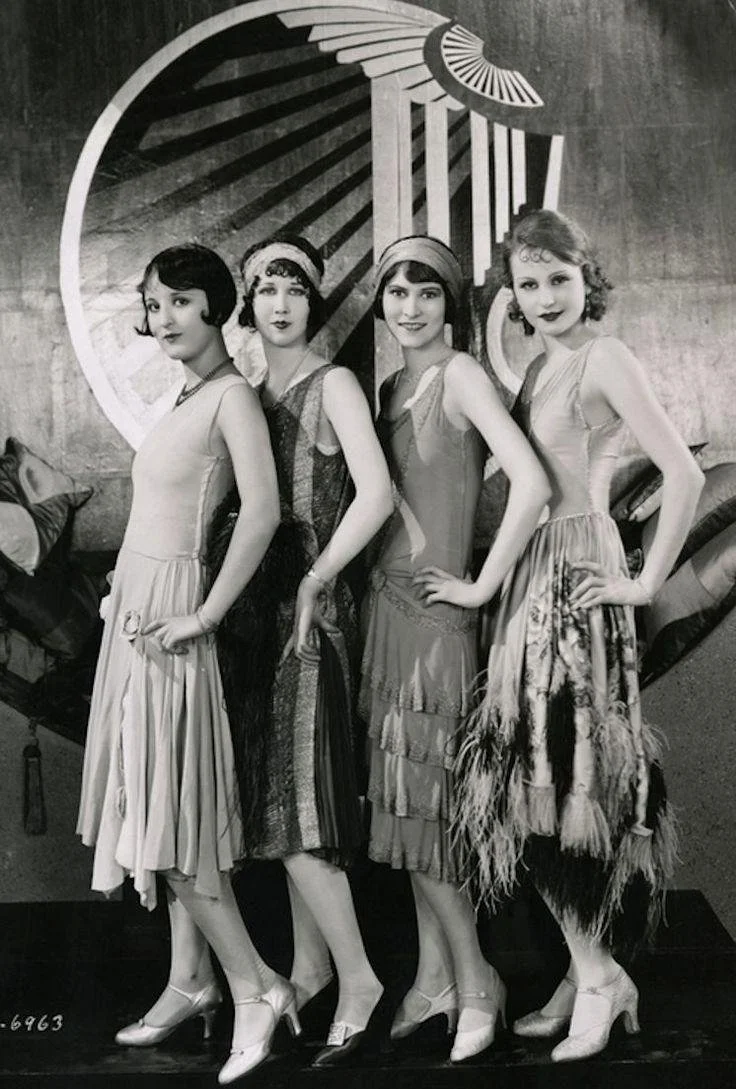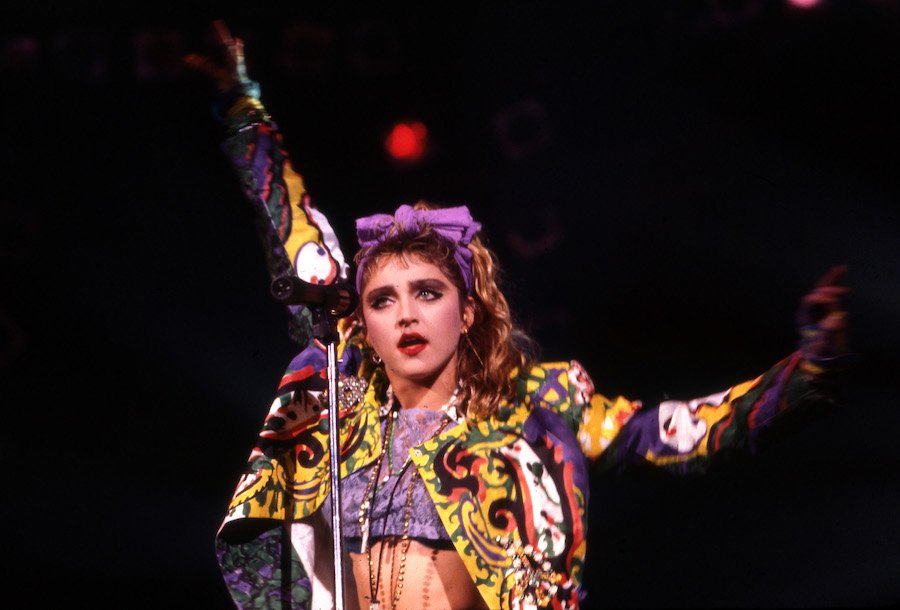Generational Trends In Fashion: Does Fashion History Repeat Itself?
Joanna Llorens
Fashion is often regarded as a cyclical form of self-expression, with trends repeating over the years. But does that truly hold true? When you think of “bold neon colors and shoulder pads,” the 1980s instantly come to mind. Each generation leaves a distinctive mark on fashion, shaping styles that, while reinterpreted in a modern context, are forever intertwined with their origin era.
The silent generation (1928-1945) went through many changes; from the well-known flapper style to the post- war “new look” in 1947. The 1920s saw a liberation movement in women’s fashion, with trends like the flapper dresses symbolizing a newfound freedom with short hemlines and bobbed hair. The decades that followed emphasized distinct silhouettes, like the hourglass shape of the 1950s, popularized by icons like Marilyn Monroe. The 1960s and 1970s brought non-conformist movements, with bold prints, bell-bottoms, and an emphasis on individuality, epitomized by rock stars like Jimi Hendrix. Around this time is where non-conformist style started being popularized.
Fashion became a vehicle for self-expression in all forms, challenging the conservative precedents of the past. Culturally, the hippie movement of the 1970s was grounded in rejection of materialism, and that was reflected in the loose, carefree styles of the time–flowy dresses, natural fabrics, and ponchos. These decades marked a period where fashion and politics bled into each other.
The 1980s took “bigger is better” to fruition. This was a decade characterized by bold power dressing, with unconventional materials and textures. Women wore strong shoulder pads to signify strength within the workplace, echoing the patriarchal shift as more women entered corporate roles. However, this wasn’t just a women’s movement–men’s fashion followed suit with bold patterns, colorful power suits, and flamboyant styles.
On the other hand, the 1990s introduced a more relaxed aesthetic with grunge and minimalist styles, often influenced by music like the band ‘Nirvana’ and youth culture which were big on television and pop culture. This anti-fashion aesthetic–flannel, ripped jeans and combat boots–served as a rebellion against the excessive nature of the previous decade.
The 2000’s greatly contrasted the 90s with its very bright and colorful trends. The 2000’s had popular brands like ‘Delias’ and ‘Lisa Frank'. Low rise jeans, butterfly patterns, and bright eyeshadow was the rage and was seen on prominent celebrities like Christina Aguilera.
The turn of the millennium also ushered a rise in fast fashion, where trends cycled quickly due to technological advancements and social media. The rapid production and consumption of trends became the new norm, blending retro influences from the 1980s and 1990s into modern styles. Today, fashion is once again reflecting social values. Gen Z and Millennials are prioritizing sustainability, and inclusivity, reshaping the industry. Vintage clothing is back and seemingly here to stay with thrift stores and second-hand consumption becoming mainstream and encouraged. Low-rise jeans and baggy clothing, once beacons of the 1990s and 2000, have returned, but with a modern twist. Today, the focus is on individuality and breaking the conventional trends.
Fashion history does repeat itself, but not mindlessly. Because each generation’s fashion choices reflect its values and societal norms, showcasing the ever-evolving relationship between style and society. As we move forward, the dialogue between past and present will continue to shape future trends, how we express ourselves, and how we define who we are.
Strike Out,
Joanna Llorens
Joanna Llorens is a sophomore at Florida International University majoring in Public Relations, minoring in Journalism. With a passion for storytelling and fashion, she’s involved in campus organizations and eager to dive into media relations and digital marketing. Joanna is excited to explore the ever-changing journalism landscape and make a positive impact in the industry.



